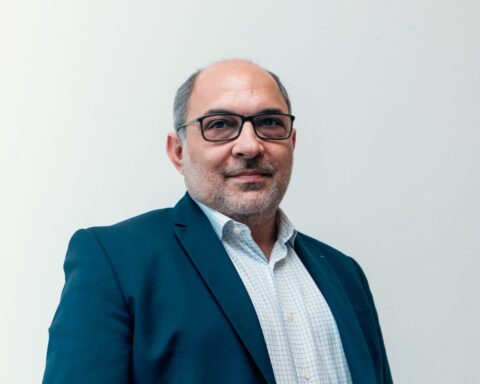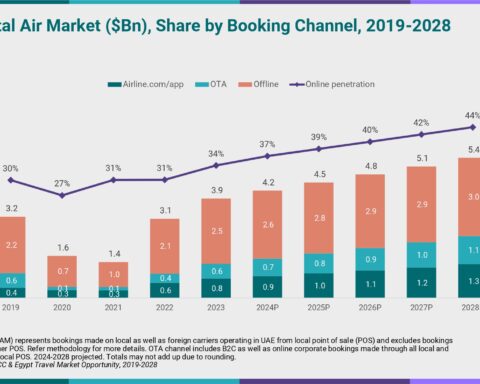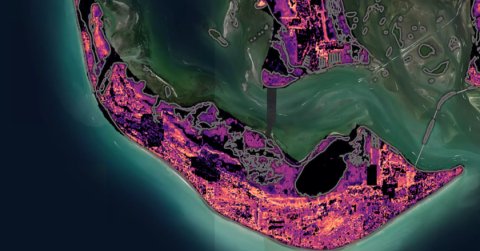By Vaishali Basu Sharma – The author is an analyst on geopolitical and macroeconomic issues
Hiren, a 50-year-old widow in Gujarat, India, endured severe stomach pain for six months. With a son, the only breadwinner of the family, working as a low-income labourer, she couldn’t afford treatment in a hospital until an ASHA worker informed her about her Ayushman Bharat card, granting free hospital care and treatment. Relieved she visited a hospital where she underwent surgery that would have cost her Rs. 35,000 leaving her pain-free without any expense.
Even as the discourse on providing healthcare for Indians, particularly the less privileged, is gaining volume, one program – Ayushman Bharat – appears to be offering a beacon of hope and transforming the lives of millions of people like Hiren across the nation. India’s ambitious healthcare initiative that was launched in September 2018, is slowly but surely providing healthcare to millions.
WIDE COVERAGE
The largest publicly-funded health assurance scheme in the world, it provides health cover of Rs. 5 lakh per family per year for secondary and tertiary care hospitalization. The aim of the centrally sponsored flagship scheme is to provide health cover to 10 crore families (approximately 50 crore persons – 40% of the country’s population).
All preexisting conditions will be covered from day one of the policy. The benefit cover will also include pre- and posthospitalization expenses as well as transport allowance.
The program was launched as recommended by the National Health Policy 2017 to achieve the vision of Universal Health Coverage, and is designed to meet the UN Sustainable Development Goals and its underlining commitment, which is to “leave no one behind.”
Ayushman Bharat represents a stride towards comprehensive healthcare, encompassing preventive, curative, palliative, and rehabilitative dimensions of Universal Healthcare. It achieves this by establishing Health and Wellness Centers (HWCs) at the primary level and ensuring financial coverage for accessing curative care at secondary and tertiary levels. This approach involves collaboration with both public and private sectors, fostering a holistic healthcare ecosystem.
FOCUS ON HEALTH
Although India has had health insurance schemes for the past several decades, they were largely confined to small sections of the population. But the Pradhan Mantri Jan Aarogya Yojana launched by the government in 2018 was a game changer of sorts. Consolidating and expanding on the various state and central government schemes for health insurance, and covering more sections of the population, it included more healthcare services in its ambit while reducing the out-of-pocket expenses for beneficiaries.
The focus is clearly on health. If the total budget expenditure in the healthcare sector was 1.6 % of GDP in 2021, it went up to 2.1% of GDP in 2023. The government policy aims to increase it to 2.5% of GDP by 2025.
A report in the National Library of Medicine about the Ayushman Bharat initiative underscored how it “had an immediate effect in improving healthcare access and financial protection while simultaneously encouraging infrastructure development for healthcare. This could be a role model for equitable global healthcare”.
According to a Government of India report, a total of 6.11 crore hospital admissions amounting to Rs. 78,188 crore were authorized under the scheme, of which 1.7 crore hospitals admissions worth over Rs. 25,000 crores were authorized during 2023. The report went on to say that the Ayushman Bharat initiative was able to bring gender equity in access to healthcare services, with women accounting for approximately 49% of the total Ayushman cards created and approximately 48% of total authorized hospital admissions.
Abhimanyu Saxena, head, Health System Strengthening, United Nations Development Program, India, perhaps summed it up well when he said Ayushman Bharat can be adopted by not just Asian countries but also by the world.
As it continues to evolve, the program embodies a silent revolution in healthcare delivery, reshaping the landscape of India’s public health sector.












